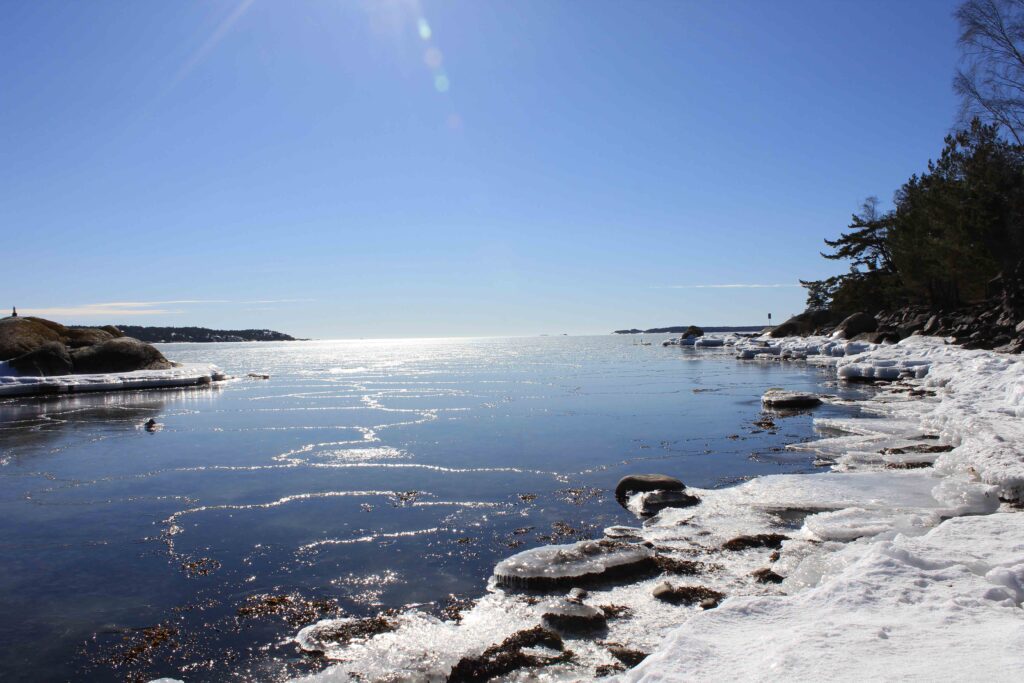
Each liter of seawater contains a billion microorganisms not visible to the human eye. This diverse community of microorganisms play key roles in the marine ecosystem by carrying out most of the primary production, by funneling nutrients to higher trophic levels, and by recycling nutrients. Knowing the function and regulation of marine microorganisms is therefore necessary to understand the marine ecosystem as a whole. Traditionally, aquatic microorganisms have been counted using microscopic identification. This is a time-consuming process that requires a skilled taxonomist and that fails to identify the smaller microbes like bacteria. Recently, high-throughput sequencing of taxonomic marker genes – metabarcoding – has emerged as a complementary approach that can also detect small microbes.
The Baltic Sea is one of world’s largest brackish environments. Our studies using metabarcoding have shown that both bacterioplankton and eukaryotic plankton communities are highly structured by the horizontal salinity gradient that is a characteristic of this ecosystem. By using shotgun metagenomics and a computational method called binning, we have assembled the genomes of several hundred species of bacterioplankton of the Baltic Sea, in most cases newly discovered species. The genomes can provide clues on what ecosystem functions the different species carry out and reveal more about the evolutionary history of these brackish-water specialists. Data from our ongoing metabarcoding studies will be incorporated in the SBDI ASV database, and the reconstructed genomes will be included in the Genome Taxonomy Database, and thereby eventually improve taxonomic annotation of brackish water metabarcoding data by filling gaps of the tree of life. Several million protein-encoding genes identified in shotgun metagenomics data from the Baltic Sea can also be searched and downloaded via the BalticMicrobeDB.
If you want to know more about research and data from from this group, contact our partners at KTH.
